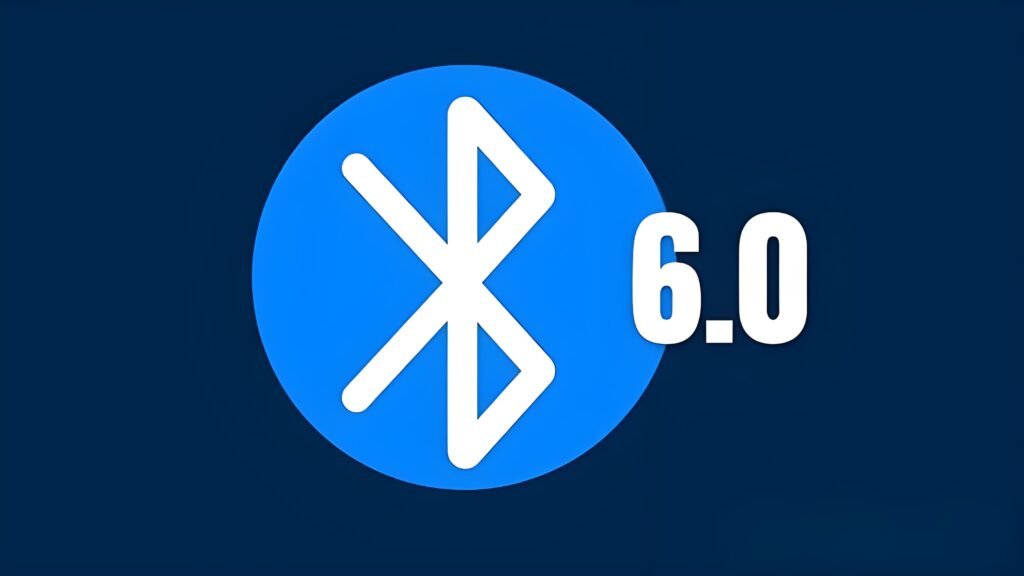
Bluetooth 6.0: A First Look at the Future
In January 2024 the Bluetooth SIG quietly released version 6.0 of the core specification. On paper the jump from 5.4 looks incremental, yet the combined weight of new features rewrites the rule-book for designers who thought BLE was “fast enough” or “accurate enough.” Channel sounding, decision-based advertising, and frame space extension move the protocol from a convenience cable into a precision radar and power-miser that can run for a decade on a coin cell.
Micro-Amps, Mega-Years: The Battery Story
The headlinePHY change is a new low-energy codec that trims the mandatory 1 Mbps payload to 500 kbps when link conditions allow. Coupled with a 0.5 dB reduction in receiver sensitivity floor, the radio now idles at 650 µA during a connection event—roughly half the figure quoted for BLE 5.3. For asset trackers that advertise once every ten seconds, that translates into a theoretical CR2032 life of twelve years, not the customary four.
Channel Sounding: Centimetres Without Extra Silicon
Bluetooth 5.1 gave us Angle-of-Arrival; 6.0 adds round-trip time-of-flight. By exchanging phase-coherent tones across 72 data channels, two devices can resolve distance to within ±10 cm—no antenna array, no UWB companion chip. The technique is immune to multipath in typical indoor spaces because the algorithm discards echoes whose phase slope deviates from the direct path. Warehouses already pilot the feature for “pallet present / pallet gone” detection at dock doors.
Decision-Based Advertising: Smarter Beacons
Legacy advertisers fire packets blindly; 6.0 nodes can evaluate link-quality metrics before they speak. A beacon now checks RSSI, PER, and channel-busy bits during the 80 µs preamble. If the lane is crowded, it simply skips that event and tries again 100 ms later. Lab tests show a 35 % reduction in collision-induced battery drain in venues packed with hundreds of tags.
Frame Space Extension: Room for Long Payloads
Version 6 relaxes the tight 150 µs inter-frame gap to a configurable 500 µs–2 ms window. The extra breathing room allows 512-byte PDUs without violating duty-cycle regulations in Europe. Audio vendors welcome the change: higher bit-rate voice can now ride on BLE instead of Classic, shaving 40 % off power consumption for earbuds.
Security Reforged: LESC 2.0 and Post-Quantum Seeds
Elliptic-curve Diffie-Hellman stays, but key generation now incorporates a SHA-3 based deterministic random bit generator seeded from on-chip physically unclonable functions. The result is a smaller, faster key negotiation that resists side-channel timing attacks and gives firmware a head-start on post-quantum crypto migration.
Backward Compatibility: The Gentle Hand-Off
Every Bluetooth 6.0 radio ships with a “legacy personality” bit. Flip it and the device behaves exactly like a 5.3 chip, ensuring existing smartphones, gateways, and billions of fielded sensors continue to pair without a firmware hiccup. The flag gives product managers breathing room to roll out new features incrementally rather than in one risky big-bang update.
Early Adopters: From Fork-Lifts to Footballs
A major logistics firm is piloting 6.0 channel sounding to locate reusable crates within 15 cm inside a 200 m long distribution hall. On the consumer side, a sports-ball manufacturer embeds 6.0 SoCs in match-grade footballs; referees can verify, within centimetres, whether the ball crossed the goal line—no camera array required.
Roadmap and Certification Timeline
Silicon vendors expect sampling in Q4 2024, with qualification labs opening early 2025. End-product certifications should follow six to nine months later, placing the first retail devices on shelves in late 2025. The SIG hints at an incremental 6.1 release in 2026 focused on mesh and LE-Audio enhancements, but for now, 6.0 is the star.
Conclusion: Precision Meets Longevity
Bluetooth 6.0 does not merely iterate—it reframes what designers can expect from a low-power radio: centimetre-level localisation without extra hardware, decade-long battery life, and security that anticipates tomorrow’s threats. For engineers who once treated BLE as a cable replacement, the specification now offers a radar, a tape measure, and a vault, all hidden inside a 3 mm × 3 mm package.

